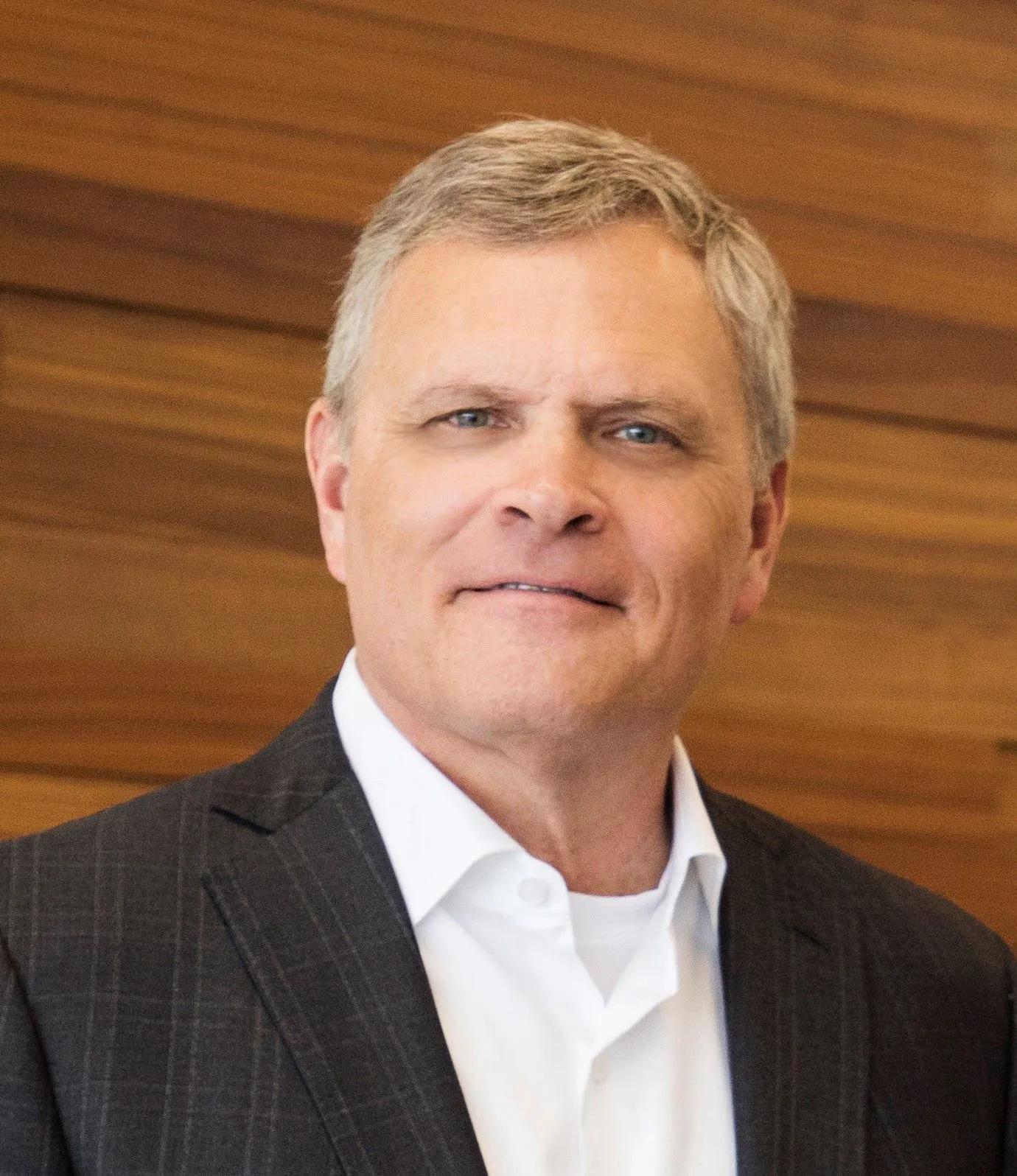Article
Study: Independent practices dwindling as physician employment booms
Author(s):
Only 30 percent of U.S. physicians were practicing independently at the start of this year.

The COVID-19 pandemic may have put another nail in the coffin of independent physician practices in the U.S., as physician employment rose while the disease ran roughshod over the country.
According to a study from the Physician Advocacy Institute (PAI), only 30 percent of physicians were independently practicing medicine at the beginning of 2021, while 70 percent reported being employed by hospital systems or corporate entities. Specifically, 48,400 physicians left independent practice to become employees of a hospital or corporate entity between Jan. 1, 2019, and Jan. 1, 2021; about 22,700 of those physicians made the switch after the onset of the COVID-19 pandemic.
Meanwhile, hospital and corporate acquisitions of physician practices increased 25 percent over the same two-year period, with these entities acquiring 20,900 physician practices. Corporate entities saw the largest increase aby acquiring 17,700 additional physician practices: a 32 percent increase. The pace of these acquisitions accelerated during the depths of the COVID-19 pandemic the overall number of physician practices acquired grew by 21 percent in the last six months studied.
“COVID-19 exacerbated financial vulnerabilities of physician practices and forced them to make difficult decisions,” Kelly Kenney, CEO of PAI, says in a news release describing results of the study. “The practice acquisition trend has potentially serious implications for competition and health care costs, which have been shown to increase with this type of marketplace consolidation.”
By January 2021, hospitals own 26.3 percent of physician practices, an increase of 8 percent over the two-year period. Corporate entities own 22.1 percent of practices, a striking 51 percent increase over the two-year period, according to the study.
Physician employment and acquisitions saw their highest increases in the southern U.S., where there was a 28.7 percent increase in practice acquisition and a 15.4 percent increase in physician employment. The Midwest saw the smallest increase, with a 19.9 percent rise in acquired practices and an 8.8 percent increase in employed physicians. It is worth noting, though, that the Midwest’s increase may have been impacted by the already large saturation of hospital or corporate ownership and employment, 77 percent of physicians in the Midwest are employed while nearly 60 percent of practices are owned, the study says.





